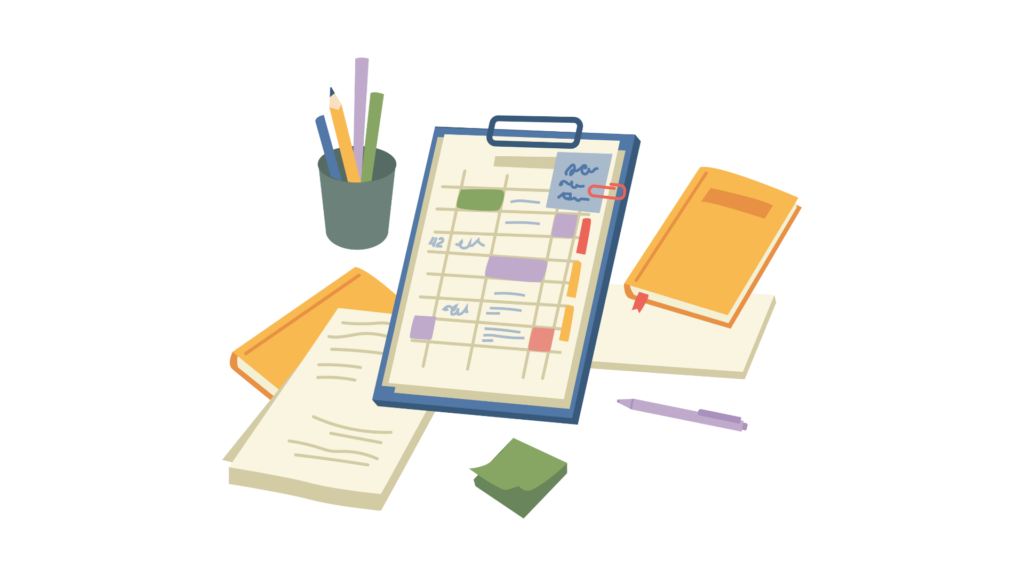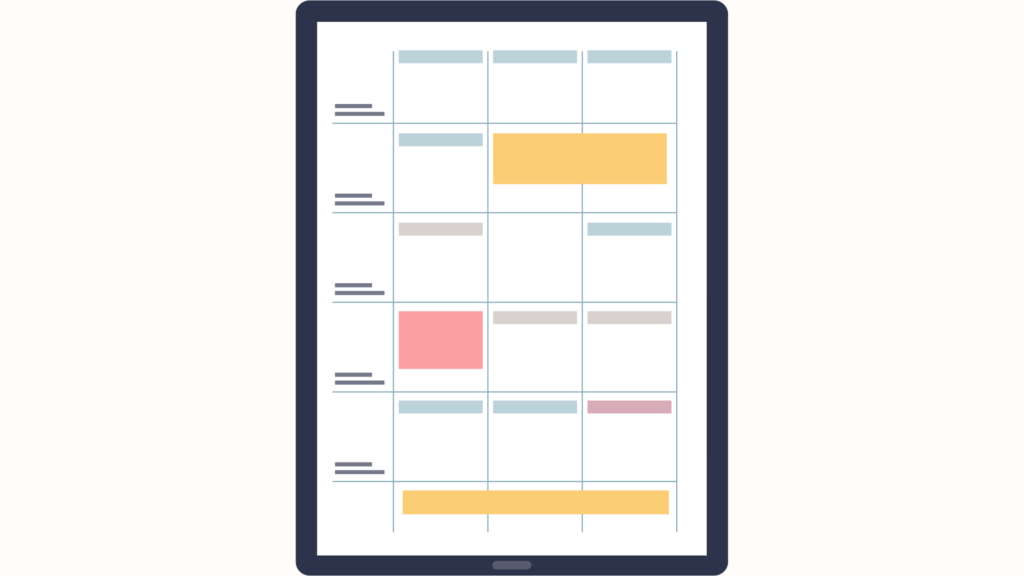7 Simple Organization Techniques for college students
college life is chaotic. Between rushing to lectures, managing assignments, and keeping up with friends, staying organized feels like trying to juggle flaming torches. But it doesn’t have to be that hard. With a few straightforward strategies, you can take charge of your time, clear the mental clutter, and set yourself up for success.
This guide will dive into practical, no-fluff Simple Organization Techniques that are easy to adopt. From managing your time to creating a workspace that sparks focus, you’ll learn how to simplify your life. By the end of this post, you’ll have a game plan to keep your chaos in check and create space for the things that truly matter.
1. Declutter Your Workspace to Declutter Your Mind
Your environment plays a significant role in how productive and focused you feel. A cluttered desk is a visual reminder of unfinished tasks, which can increase stress and reduce your ability to concentrate. Start by clearing out anything that doesn’t belong—old notes, random receipts, or broken pens. Once your space is clean, invest in tools like drawer dividers or desktop organizers to keep everything in its place.
Adding a personal touch, like a small plant or a framed photo, can make your workspace inviting and motivate you to spend time there. Remember, the goal isn’t to create a picture-perfect desk but one that helps you work efficiently and comfortably.
2. Master the Art of Time Blocking
Time blocking is a simple yet powerful way to manage your day. The idea is to assign specific hours to different activities, creating a structured schedule that leaves no room for procrastination. Start by listing everything you need to accomplish in a week. Group similar tasks together, such as studying for exams or running errands, and allocate blocks of time to tackle each category.
For instance, you might dedicate your mornings to focused study sessions and reserve evenings for relaxation or socializing. Apps like Google Calendar or Notion make it easy to visualize your plan and stay on track. By sticking to your time blocks, you’ll build a routine that keeps you productive without feeling overwhelmed.
3. Embrace the Power of Digital Tools
Technology is your best friend when it comes to staying organized. Apps like Todoist help you manage tasks with ease, while Evernote is perfect for storing lecture notes and brainstorming ideas. Notion is another standout tool—it’s like a really handy tool that i highly recommend for students , allowing you to create to-do lists, track projects, and even collaborate with classmates. (Learn all about digital tools and which one is just right for you)
The beauty of these tools lies in their flexibility. Whether you prefer a detailed planner or a simple checklist, there’s an app to suit your style. Start small by exploring one tool and gradually integrate more features as you get comfortable. Remember, the goal is to enhance your organization, not overwhelm yourself with technology.
4. Build a Weekly Review Habit
Taking time each week to reflect on your progress is crucial for staying organized. This habit allows you to identify what’s working, what needs improvement, and what lies ahead. Set aside thirty minutes, preferably on Sunday evening, to review your planner or calendar. Check off completed tasks and carry over anything unfinished.
During this time, outline your priorities for the coming week. Break down big projects into smaller, actionable steps and assign deadlines to each. This practice not only helps you stay on top of your workload but also boosts your confidence as you see tangible progress. Don’t forget to celebrate small wins, whether it’s acing a quiz or sticking to your study schedule—it’s the little victories that keep you motivated.
5. Add Clarity with Colour Coding
Color coding is a surprisingly effective way to bring order to your notes, calendar, or planner. Assign specific colors to different categories, such as red for urgent tasks, blue for classes, and green for personal activities. This visual system makes it easier to prioritize your time and quickly understand your schedule at a glance.
You can extend colour coding to your digital tools as well. Apps like Google Calendar allow you to assign colours to events, making your plan not only functional but also visually appealing. Studies have shown that color-coded systems can improve memory retention and reduce the mental effort needed to stay organized, making this technique a must-try for students.
6. Simplify Your Planning with Checklists
Checklists are a lifesaver when you’re juggling multiple responsibilities. Instead of trying to remember everything, write down your tasks in a clear, actionable format. Whether it’s preparing for finals or organizing a group project, breaking big tasks into smaller steps makes them more manageable.
For instance, a study checklist might include reviewing lecture notes, completing practice tests, and attending group study sessions. Tools like Microsoft To-Do can help you create digital checklists that sync across devices, ensuring you never lose track of what needs to be done. The satisfaction of ticking off completed tasks can also serve as a powerful motivator.
| Finals Checklist | Status |
|---|---|
| Revise Lecture Notes | ✅ |
| Complete Practice Tests | ⬜ |
| Review Study Guide | ⬜ |
7. Adopt the Two-Minute Rule
Small tasks often pile up, creating unnecessary stress. The two-minute rule is a simple strategy to tackle this problem: if a task takes less than two minutes, do it immediately. This could be anything from responding to an email to filing away loose papers or setting reminders for upcoming deadlines.
By handling minor tasks as they arise, you prevent them from accumulating and overwhelming you later. This habit might seem trivial at first, but it’s incredibly effective in keeping your to-do list under control. Plus, the momentum from completing quick tasks can motivate you to tackle bigger challenges.
Why These Techniques Work
The beauty of these organization techniques lies in their simplicity and adaptability. They don’t require fancy tools or hours of planning—just a commitment to start small and stay consistent. Over time, these habits become second nature, helping you manage your workload, reduce stress, and create space for the things you enjoy.
Conclusion:
Start Small, Stay Consistent
Getting organized might feel like climbing a mountain at first, but with these Simple Organization Techniques, it’s more like taking a stroll up a gentle hill. The key is to start small—declutter your desk, try time blocking for a day, or download an app to help you plan your week. Each step builds momentum, and before you know it, you’ll be navigating college life with ease.











